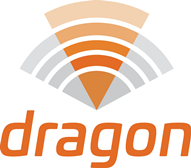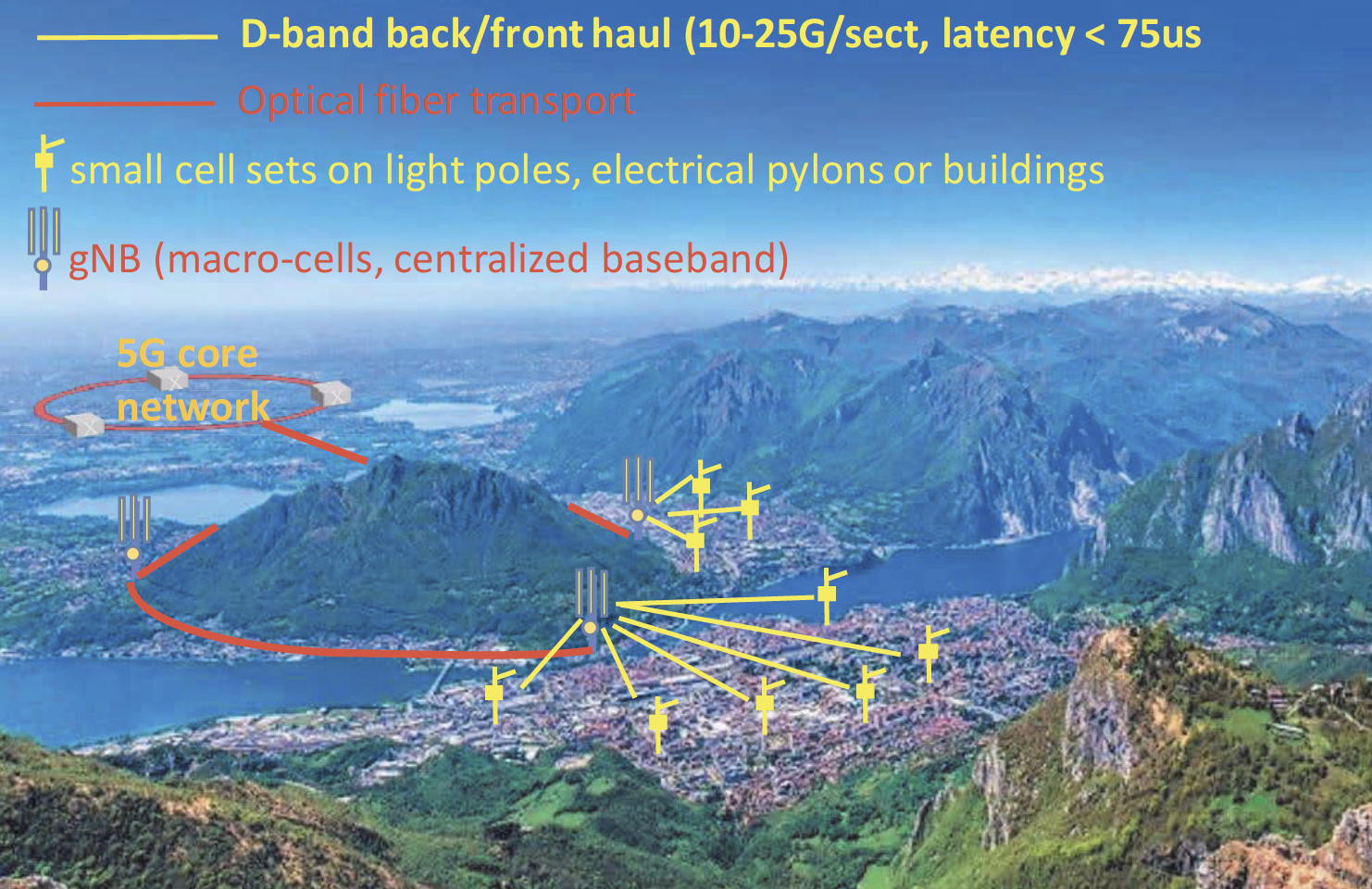The DRAGON project, through the exploitation of the radio spectrum in D-band (130-174.8 GHz)1, will overcome the constraints of current E-band wireless backhaul solutions to achieve a small-form factor and high-capacity radio solution, suitable for massive deployment, that will enable bringing the speed of optical systems to backhaul systems in a cost effective way.
The DRAGON consortium has a well-balanced and complementary know-how in the relevant areas for designing and demonstrating the feasibility of a small cell cellular network architecture based on meshed Dband backhaul links. DRAGON will therefore secure Europe’s industrial leadership and pave the way towards innovative 5G telecommunications networks.

